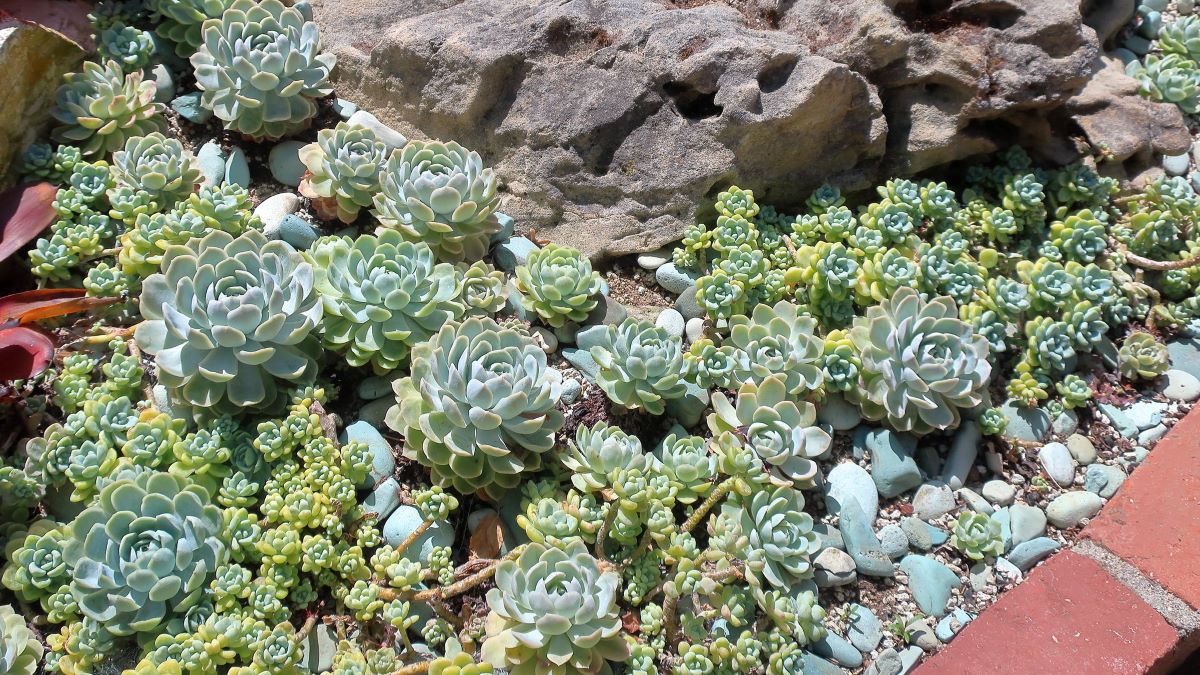
Image - Flickr / cultivar413
There are many types of succulents in the world, but we are very used to almost always seeing the same species for sale. And although reasons are not superfluous, not in vain are they usually very easy to grow, it is also true that there are others that we think are interesting to know to have a nice collection.
So, apart from seeing some of the most common, we are going to show you others that are not so common. Believe me if I tell you that, sometimes and whenever possible, it is more worth going to a nursery specialized in the cultivation of one type of plant, than to one in which they sell everything, especially when you are looking for a specific variety or cultivar. .
Cactus
Within the family of cacti there are 15 genera, like Mammillaria, Epiphyllum, or Copiapoa. The vast majority are originally from America, and many have a slow growth rate and spectacular flowers. Here is our selection:
Copiapoa cinerea
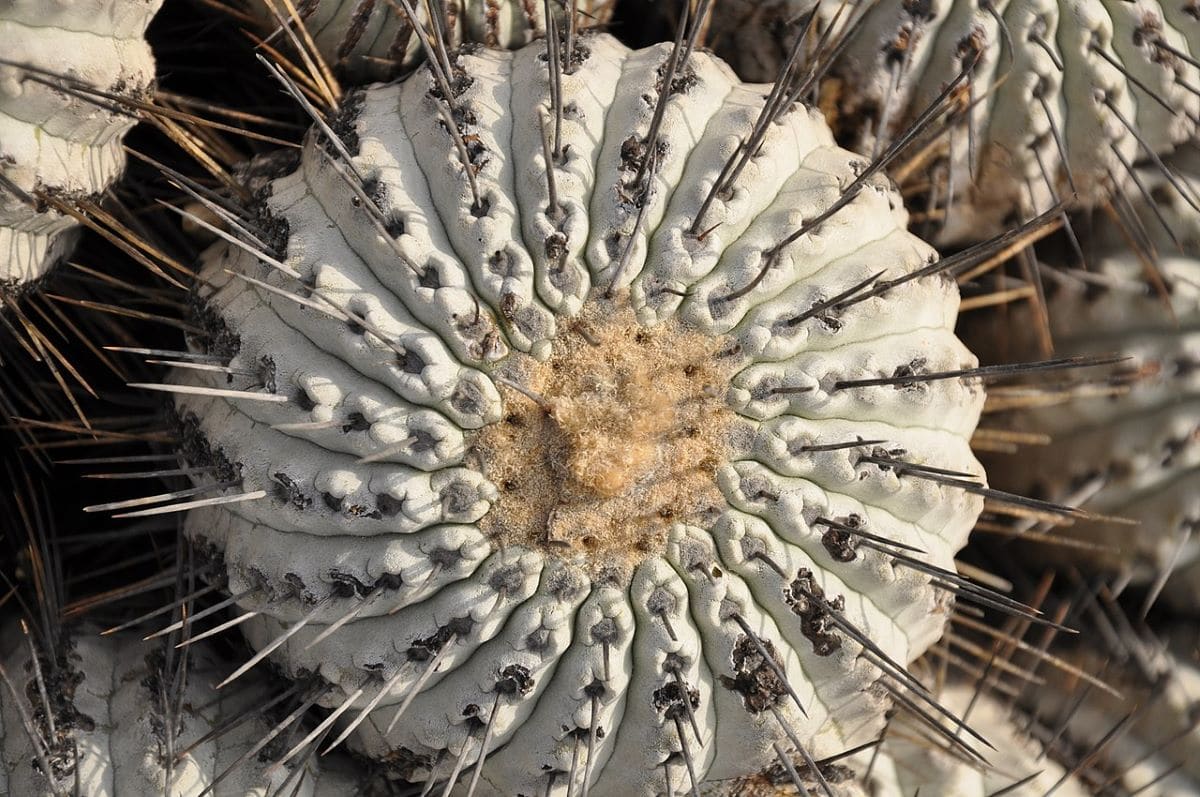
Image - Wikimedia / Yastay
La Copiapoa cinerea it is a globose cactus endemic to Chile. Reaches a height of up to 1 meter, and its has a greenish body covered by a kind of whitish wax. In addition, it has yellow flowers that sprout from the top of the stem, at the apex. It supports up to -2ºC as long as there are occasional frosts.
Epiphyllum oxypetalum
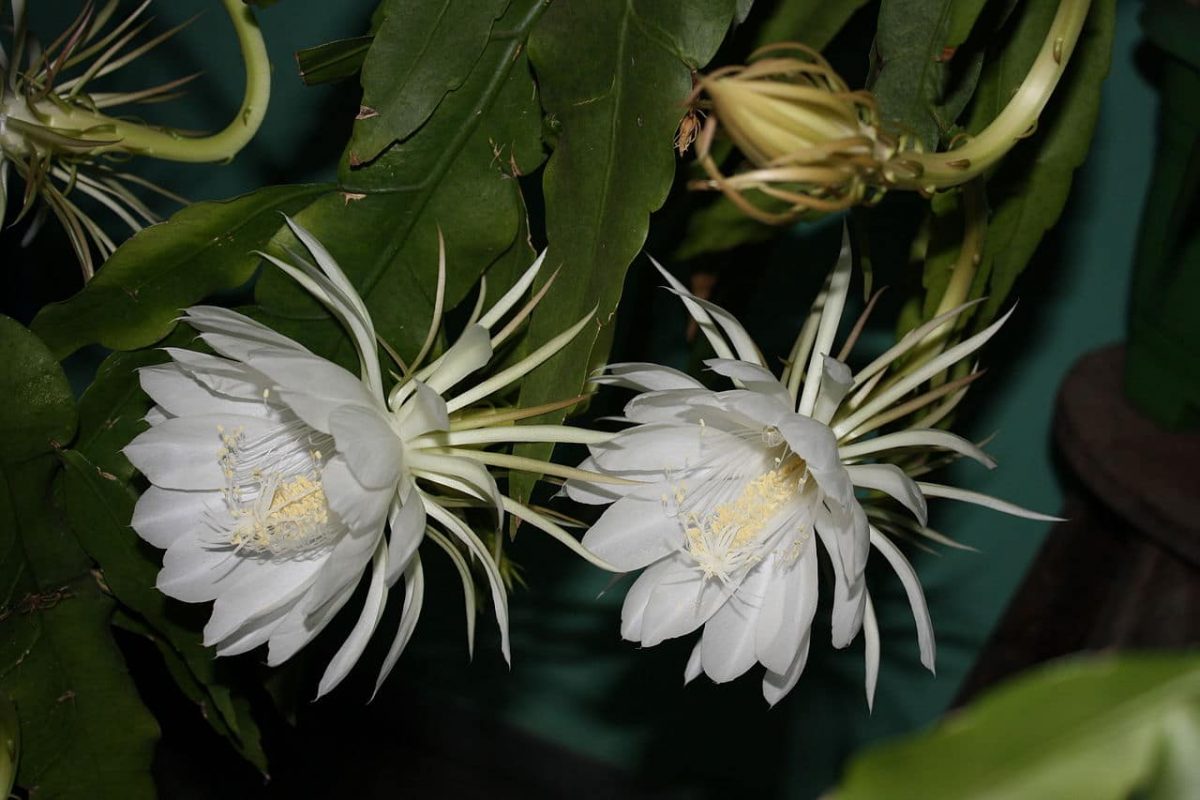
Image - Wikimedia / LEONARDO DASILVA
El Epiphyllum oxypetalum It is an epiphytic cactus native to tropical America. It develops more or less long stems up to 10 centimeters long by 5 millimeters thick. The flowers are one of the largest of all cacti, measuring about 25 centimeters in diameter. These are white, scented and unfortunately also nocturnal. It supports occasional frosts of up to -2ºC.
Eriosyce senilis
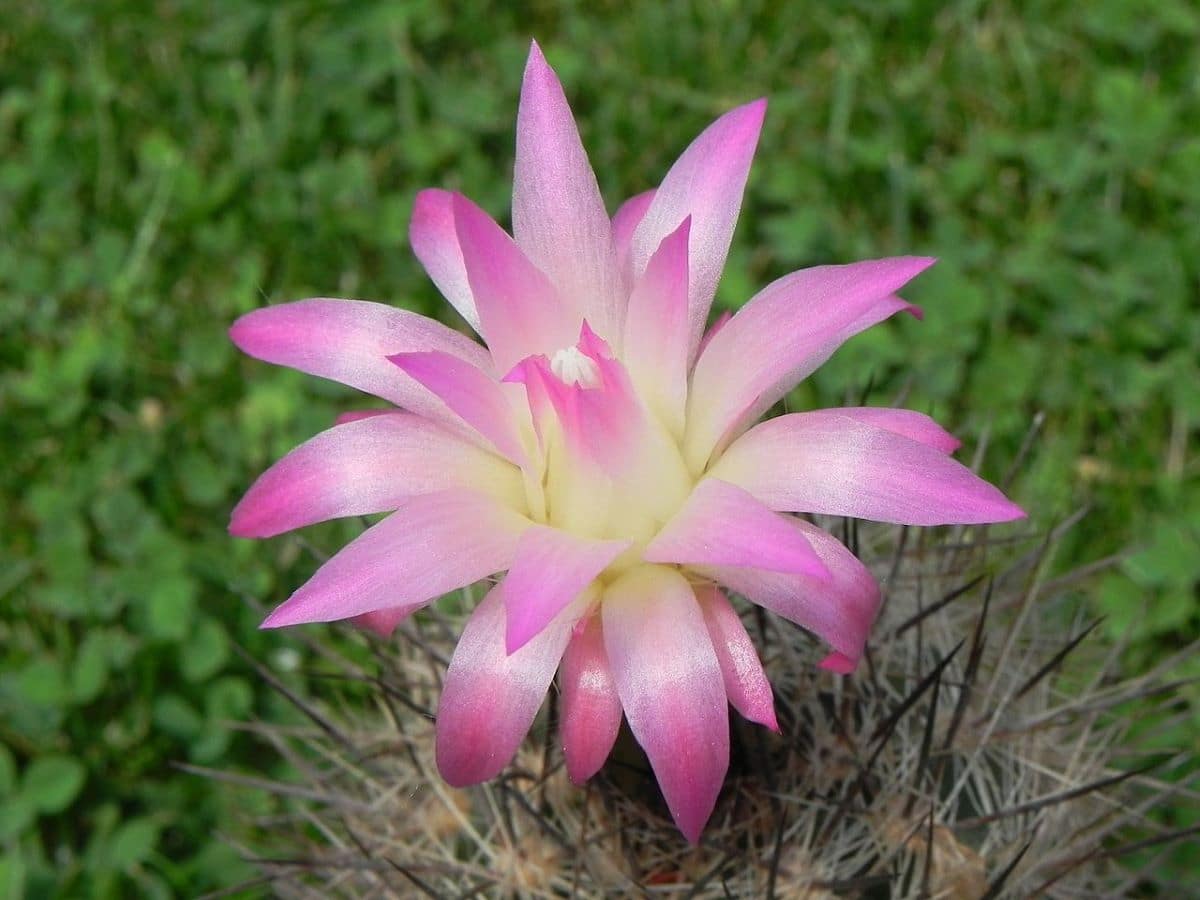
Image - Wikimedia / Marco Wentzel // Eriosyce senilis subsp. coimasensis
El Eriosyce senilis It is a cactus native to Chile, with a globose body covered with long, thin white spines that protect it. Its height is about 15-20 centimeters at most, and has pink flowers that sprout from the apex. It supports weak frosts down to -3ºC well.
Mammillaria spinosissima
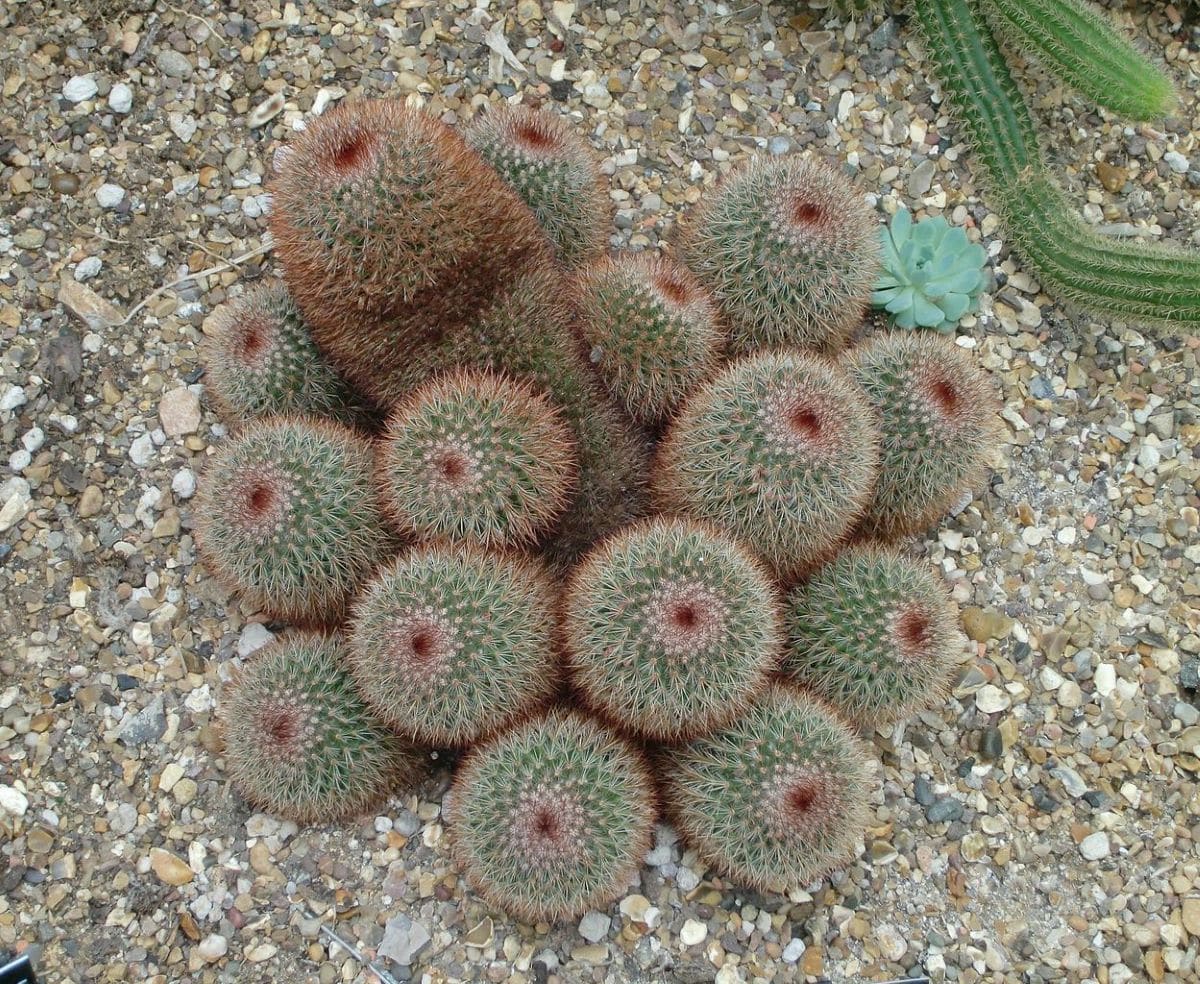
Image - Wikimedia / WereSpielChequers
La Mammillaria spinosissima It is a fairly common cactus, but no less beautiful for that. It is endemic to Mexico, and reaches 30 centimeters in height. As its surname indicates, it is armed with thorns, but they are rather soft. When blooming, it produces numerous small pink flowers on the apex, forming a crown. It supports mild and occasional frosts of up to -2ºC.
heliosa rebutia
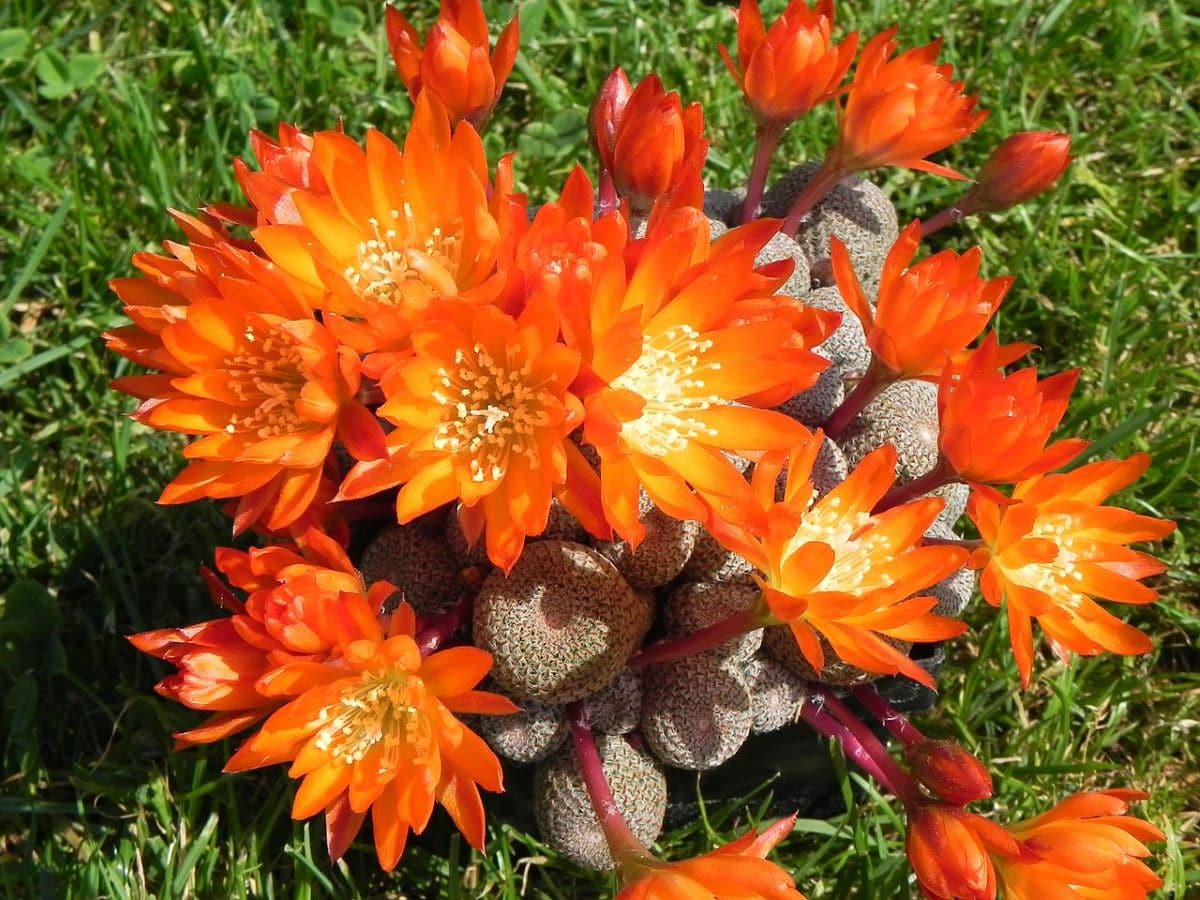
Image - Wikimedia / Marco Wentzel
La heliosa rebutia it is a globose cactus endemic to Bolivia. It is protected by thorns that grow horizontally, protecting it, and it produces orange flowers. Tends to form clumps of up to 40 inches or more, so it has to be grown in wide pots or in the ground. Supports up to -3ºC.
Succulents
All the succulent plants They are those that are confused with cacti, but unlike these, they do not have areoles or, often, thorns. For this reason, they are usually chosen by those who, for example, have young children.
Adromischus cristatus
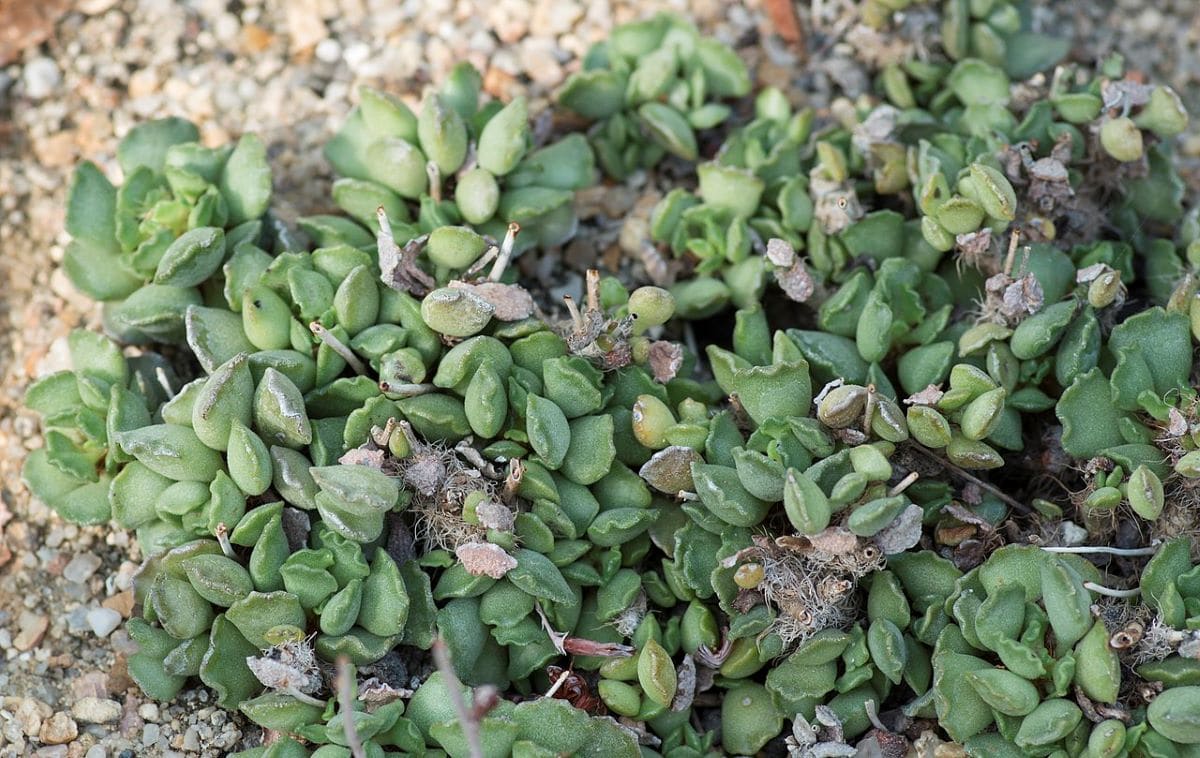
Image - Wikimedia / Dinkum
El Adromischus cristatus It is a plant native to the Eastern Cape Province (South Africa). It has a height of about 5 centimeters, and an extension of up to 50 centimeters. The leaves are green, with a serrated margin, and its flowers are white, tube-shaped. It does not support frost.
Aloe vera
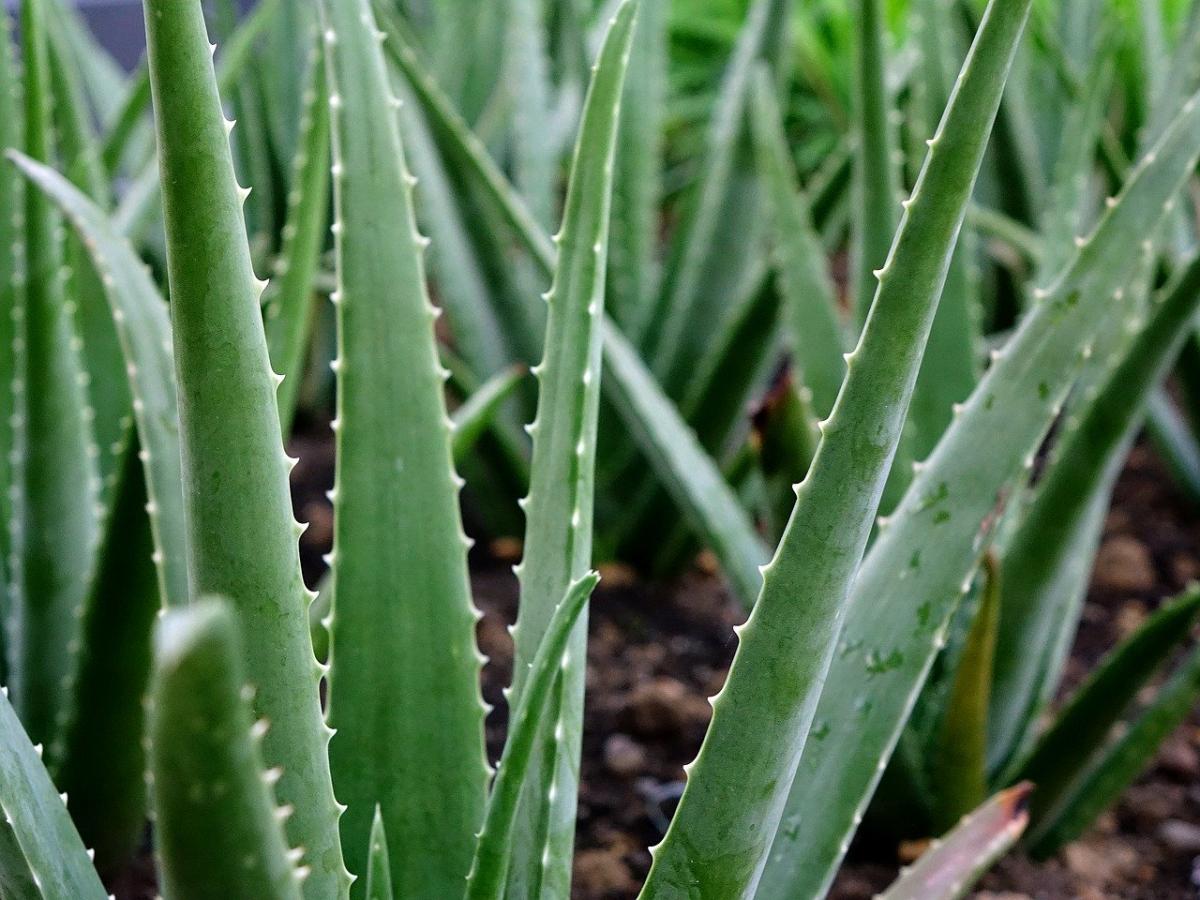
El Aloe vera, called Aloe or Aloe of Barbados, is a species native to Arabia. It forms a rosette of more or less triangular fleshy leaves, green in color and up to 50 centimeters long. The flowers are grouped in clusters and are tubular, yellow in color. As it has medicinal properties, it is a very, very interesting plant. Supports up to -2ºC.
Crassula multicava
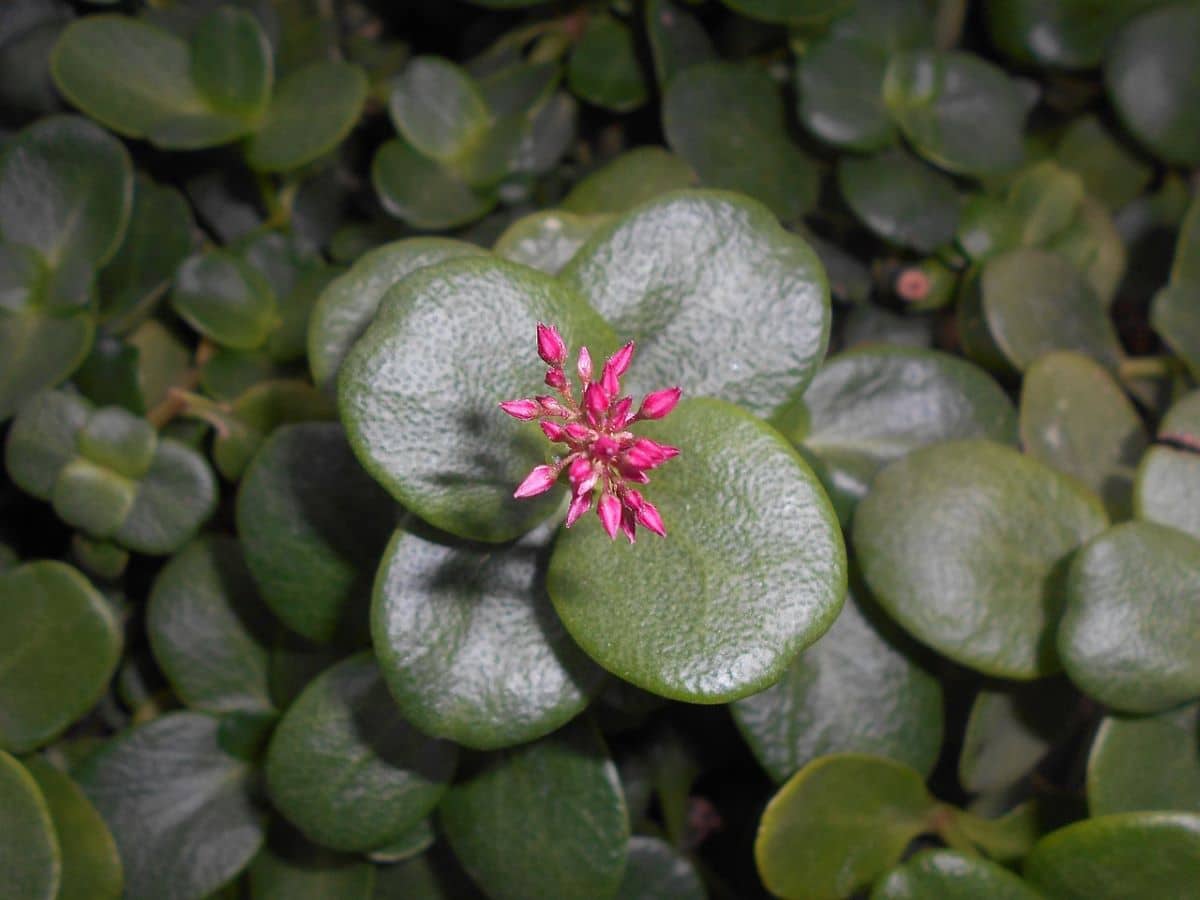
Image - Wikimedia / Salicyna
La Crassula multicava it is a plant native to South Africa. It doesn't grow much, only about 30 inches tall, but it tends to form large clumps.. The leaves are green, and the flowers, although small, sprout in great numbers from a flower stalk. This species is capable of withstanding up to -3ºC.
Echeveria agavoides
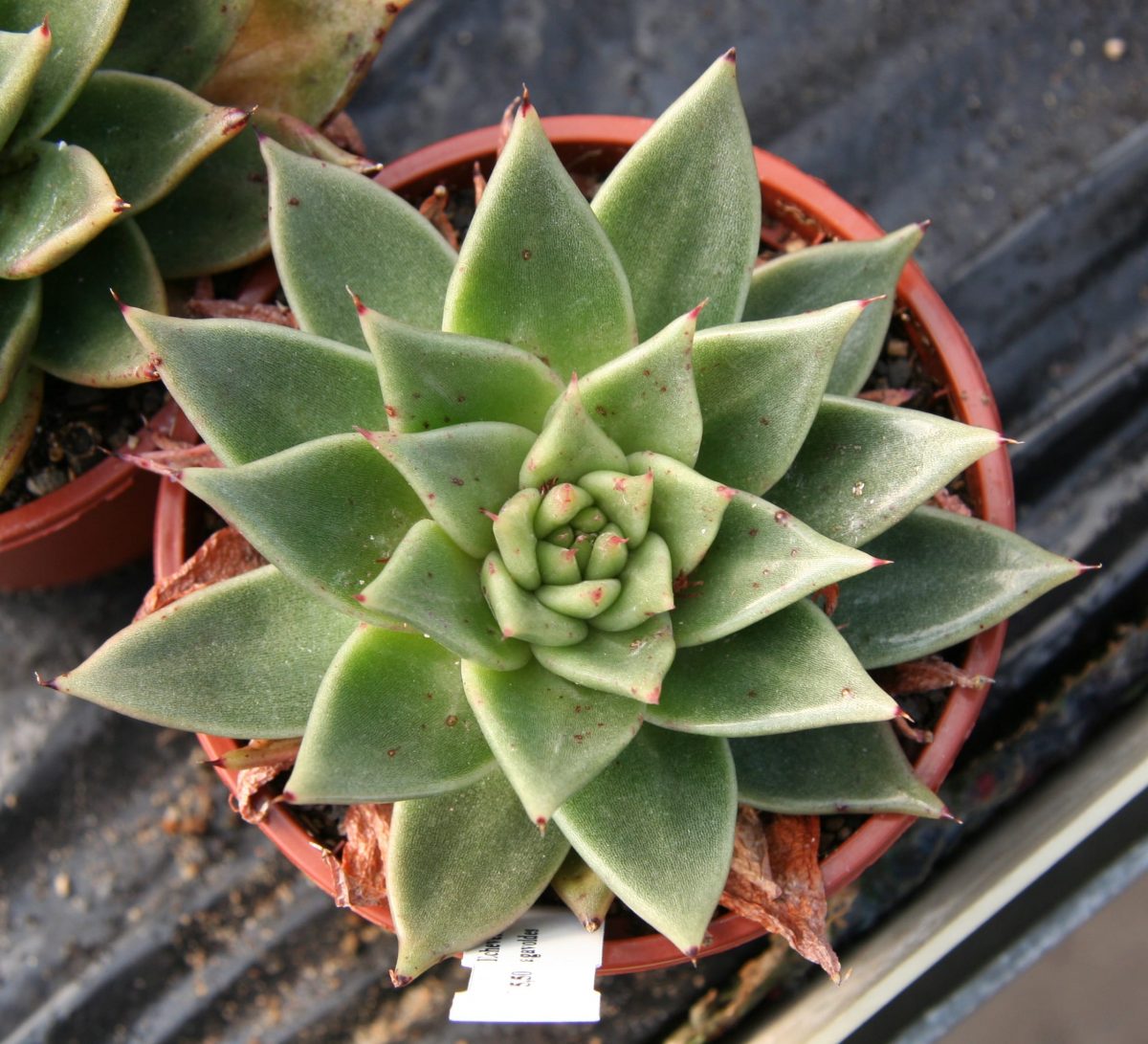
Image - Wikimedia / Michael Wolf
La Echeveria agavoides It is a plant that we will find wild in Mexico. It grows forming rosettes of fleshy leaves, glaucous green in color and with a reddish tip. Its flowers sprout from a flower stalk, and they are also succulent, pink in color. Reaches about 15 centimeters wide by 5 centimeters high. It supports the cold, but not the frost.
haworthia fasciata

Image - Flickr / Maja Dumat
Now known as haworthiopsis fasciata, is an endemic plant of the Eastern Cape Province (South Africa). Reaches a height of 15 centimeters, and forms a rosette of triangular, succulent leaves, green with white dots on the underside. It produces a flower stalk up to 30 inches tall, with small whitish flowers. Supports well up to -3ºC.
Other succulent and similar plants
Although cacti and succulents are the succulents par excellence, there are others that have also evolved to store water in some of their parts, be it the trunk or stem, or in the leaves. For this reason, I didn't want to finish this article without you meeting five of them:
Adenium obesum
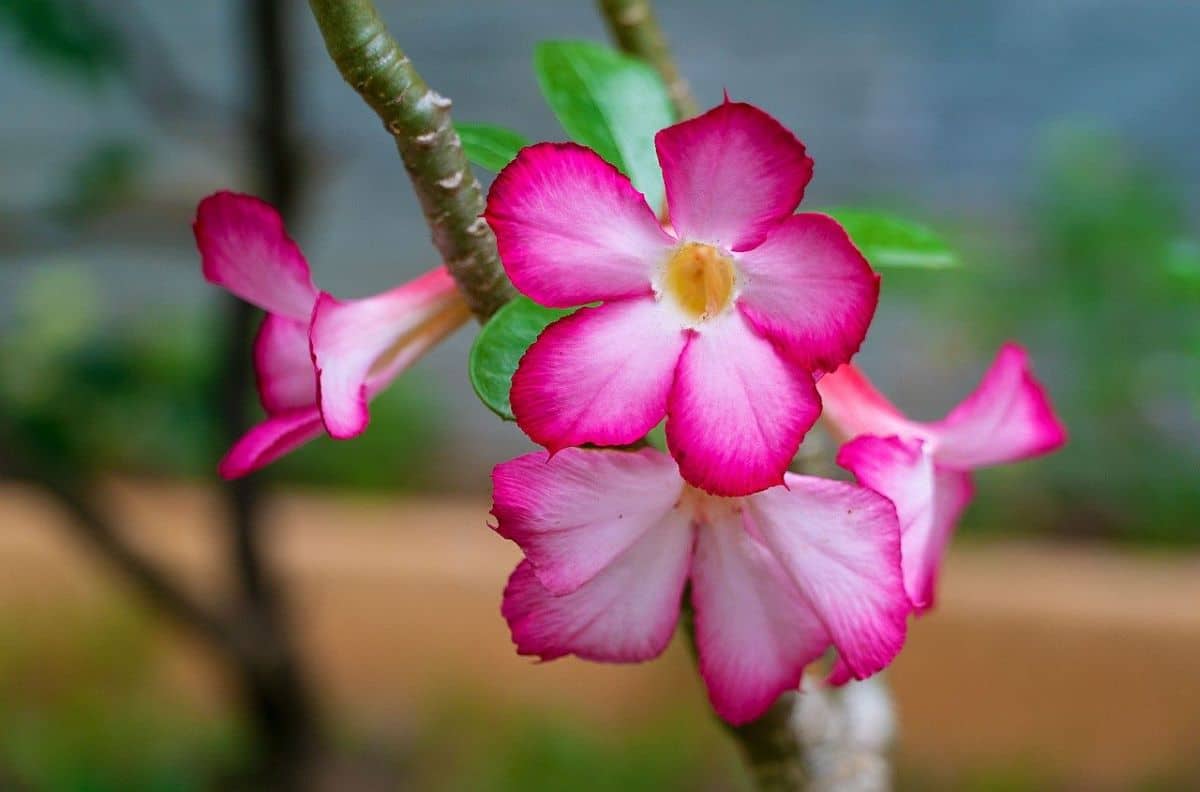
Known as desert rose, this plant is an evergreen shrub native to tropical Africa and Arabia. Reaches a height of between 1 and 3 meters, and has green, leathery leaves, and tubular pink, white or red flowers depending on the variety or cultivar. It does not like the cold at all, so its cultivation must be indoors during winter if the temperature drops below 10ºC.
Agave attenuata
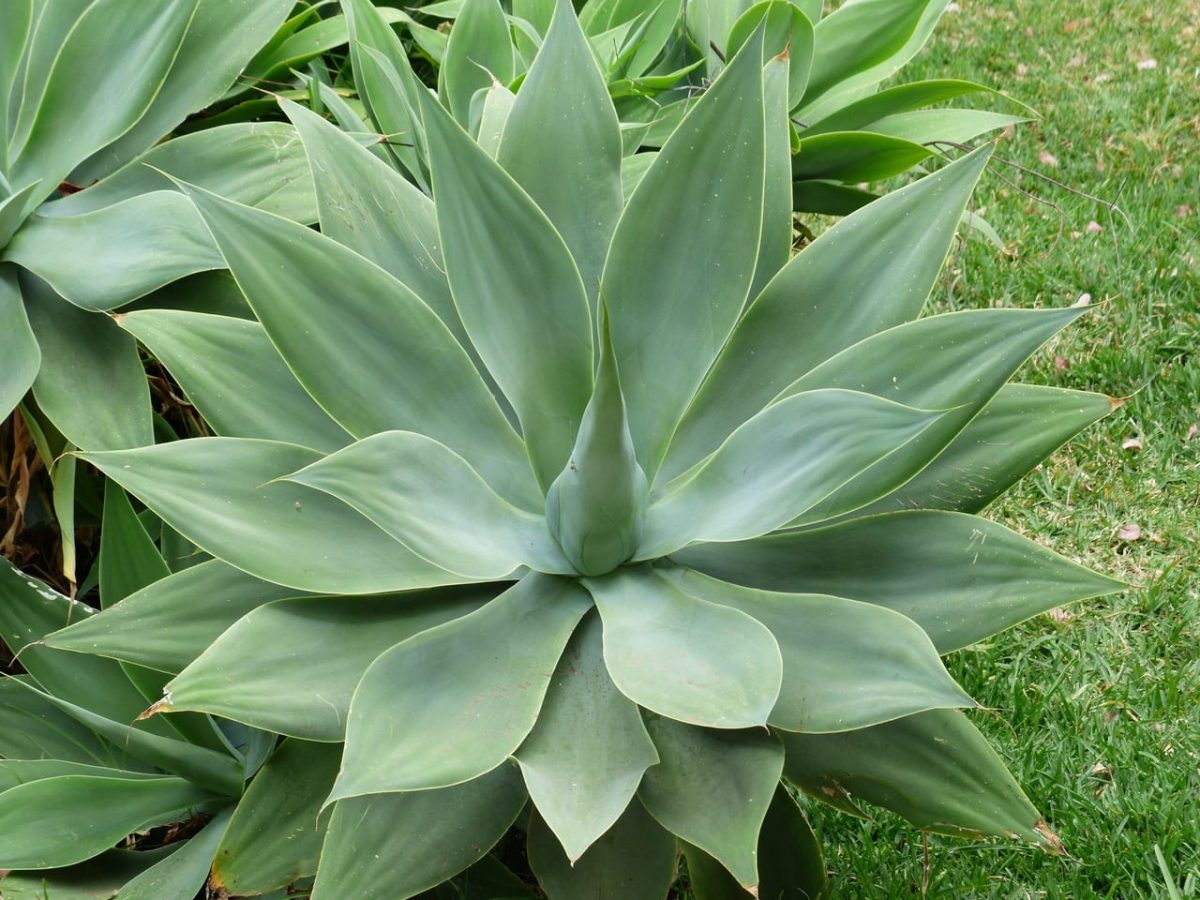
Agave attenuata
It is known as swan neck or attenuated agave, and it is a native plant of Mexico. It forms rosettes of ovate leaves, greenish in color, and with a length of up to 70 centimeters. It can reach one meter in height, and produces a flower cluster of up to 3 meters. once it reaches the end of its life. Withstands cold and mild frosts, down to -2ºC.
aloe dichotoma
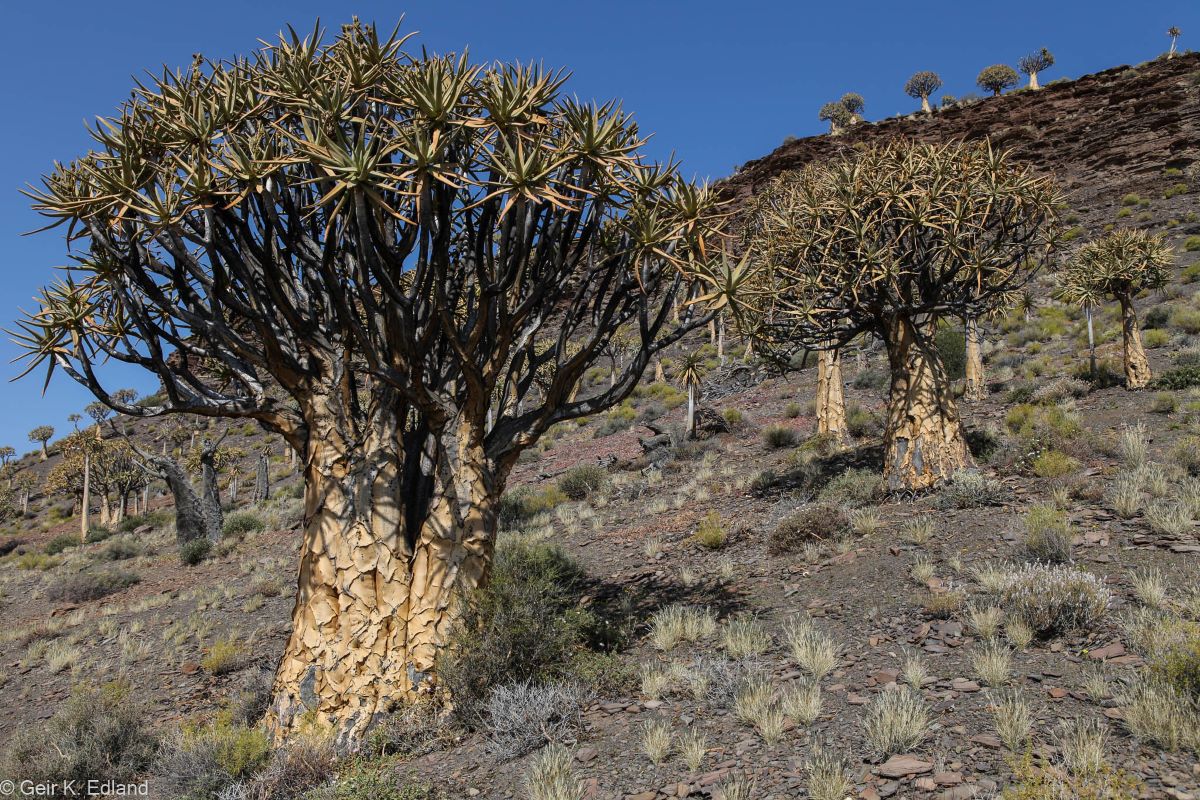
Image - Flickr / Geir K. Edland
Its current scientific name is Aloidendron dichotomum. It is a arborescent aloe native of South Africa who reaches a height of 7-10 meters. It has a branched crown, from the end of which sprouts a rosette of triangular, fleshy, bluish-green leaves. Its flowers arise from flower stalks, and are yellow. The plant can withstand the cold, even occasional frosts down to -2ºC.
Brachychiton rupestris
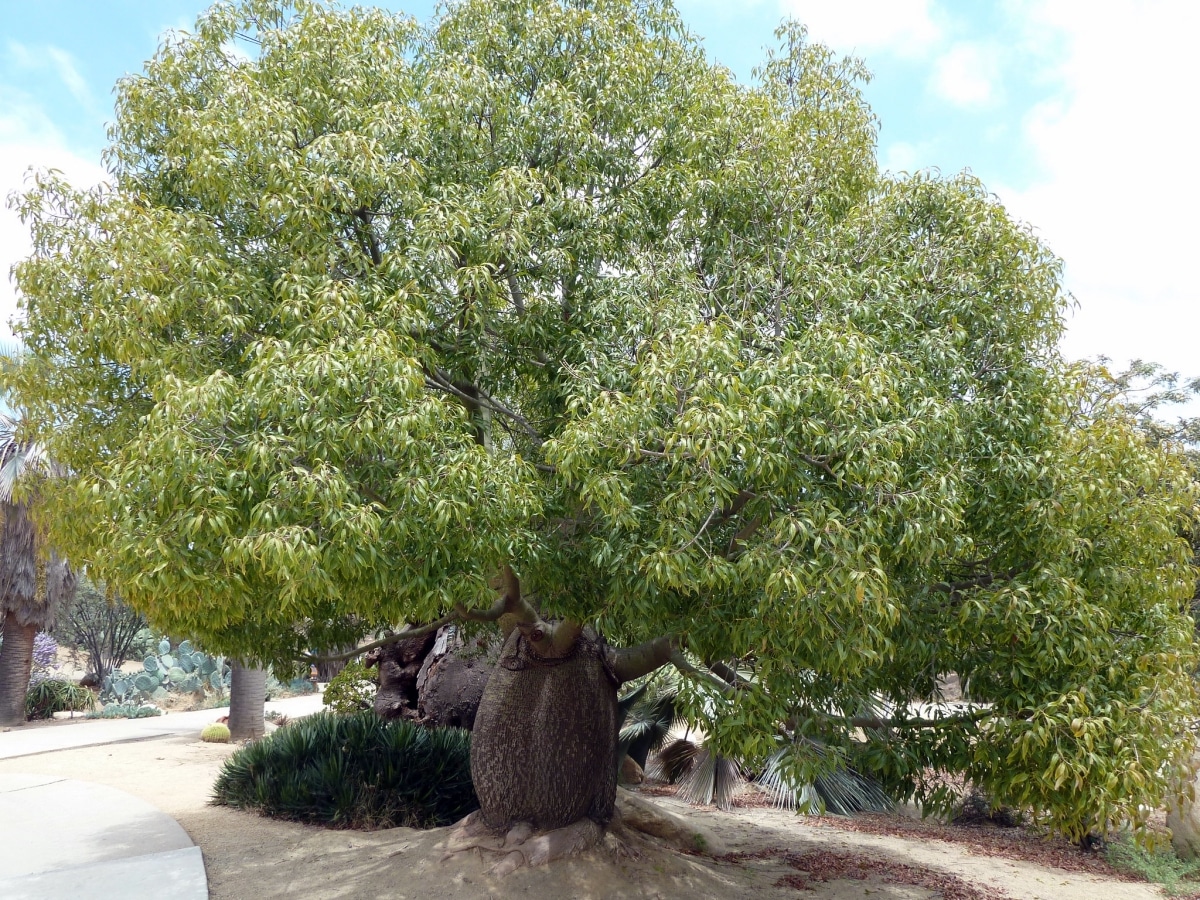
Image - Flickr / Wendy Cutler
El Brachychiton rupestris, known as the Queensland bottle tree, is a tree native to Queensland (Australia). During the dry season, or in winter if the climate is mild, it partially or totally loses its leaves. Its trunk has a characteristic bottle-like shape, as it stores water. Reaches a height of up to 20 meters, and from my own experience I can say that it withstands frosts down to -4ºC without problems. It is similar to the baobab, but much more resistant to cold. Highly recommended.
yucca elephantipes
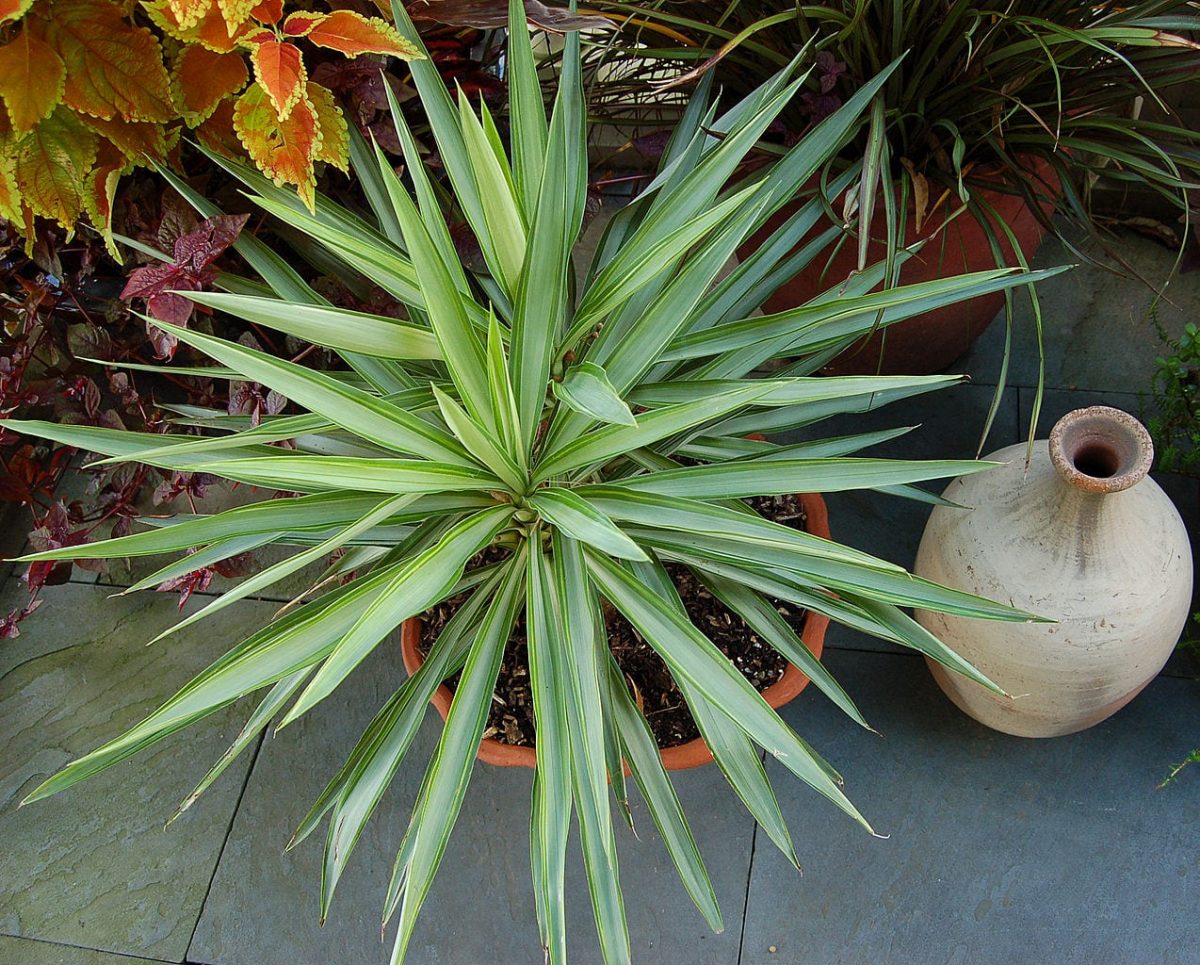
Image - Wikimedia / Derek Ramsey // yucca elephantipes »Silver Star» young.
La elephant foot yucca It is an evergreen shrub native to Mesoamerica that reaches 10 meters in height. Although its leaves end in a sharp point, it is quite harmless. These leaves are leathery, green, or variegated depending on the variety or cultivar. Its flowers are grouped in panicles and are bell-shaped, usually white in color but can be cream. Supports up to -4ºC.
Which of these types of succulents did you like the most?